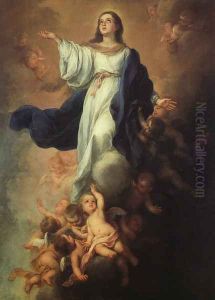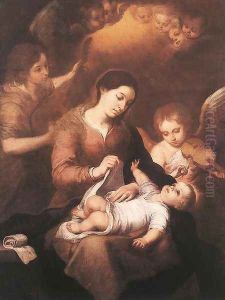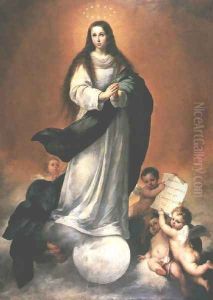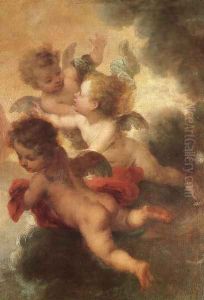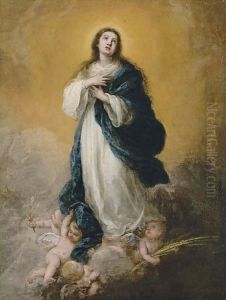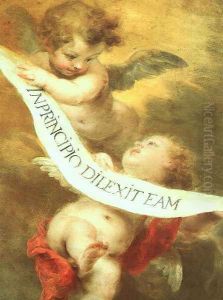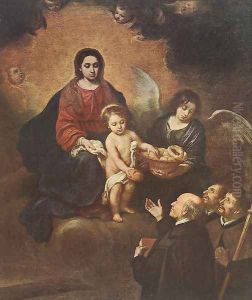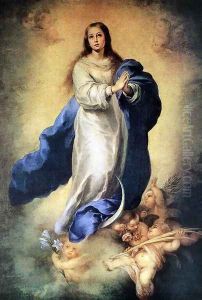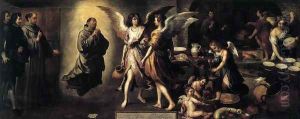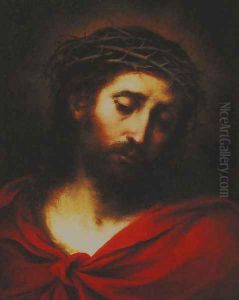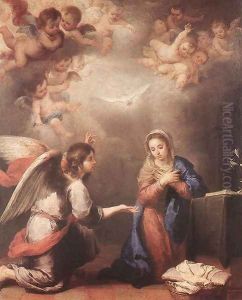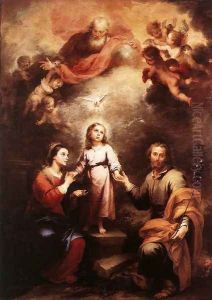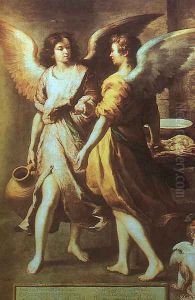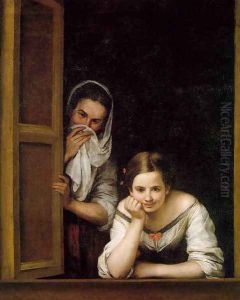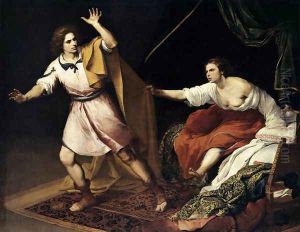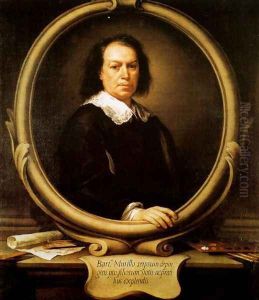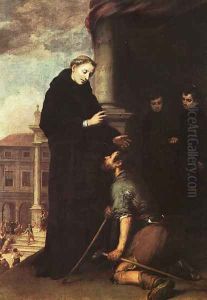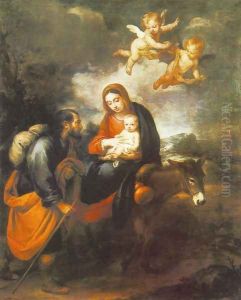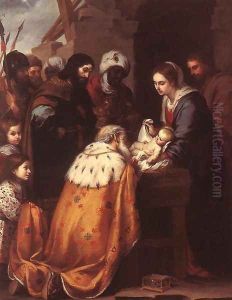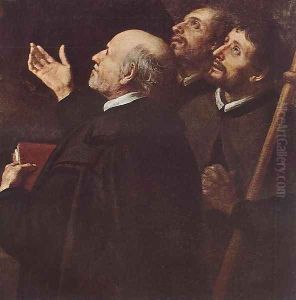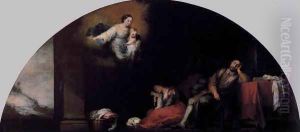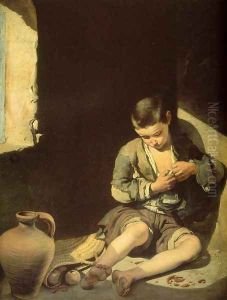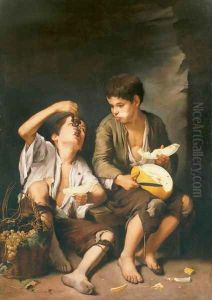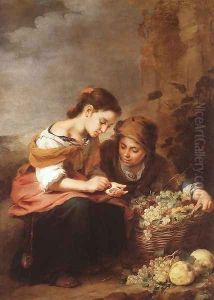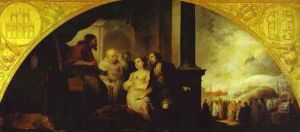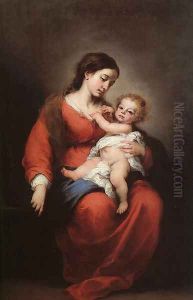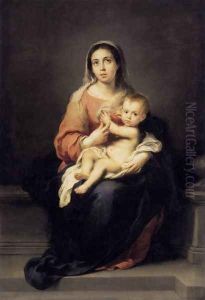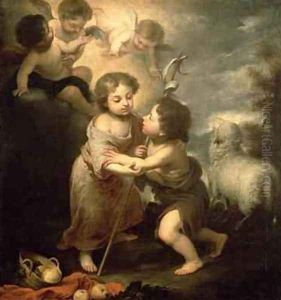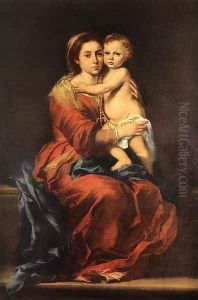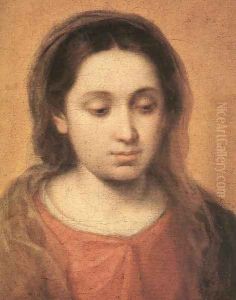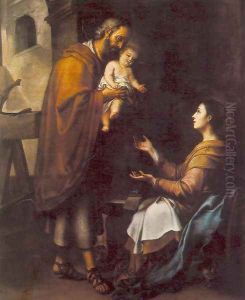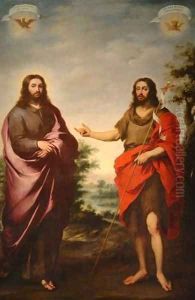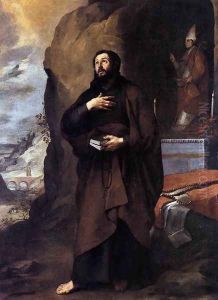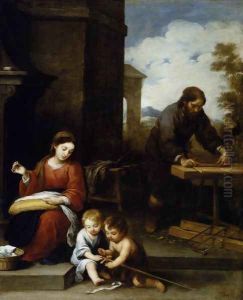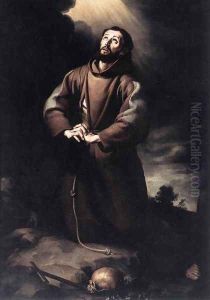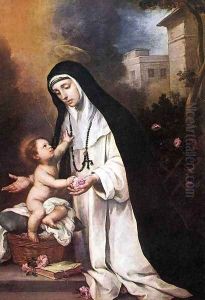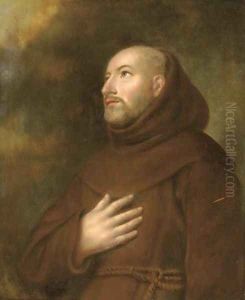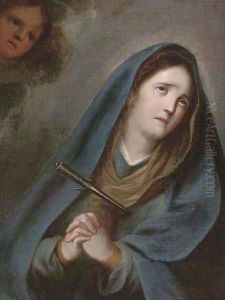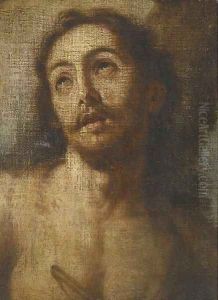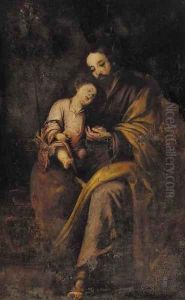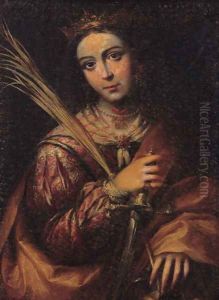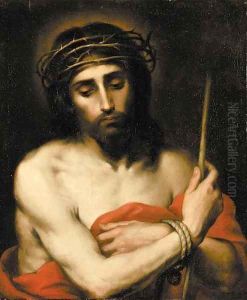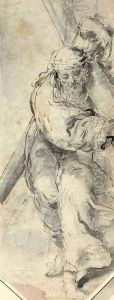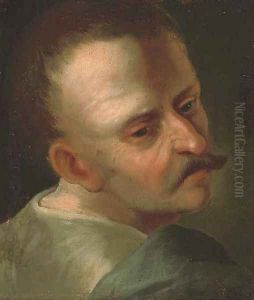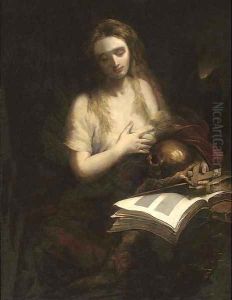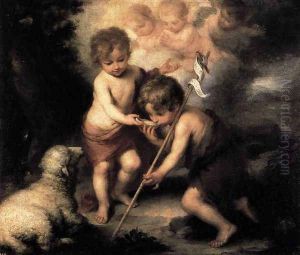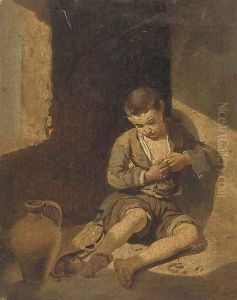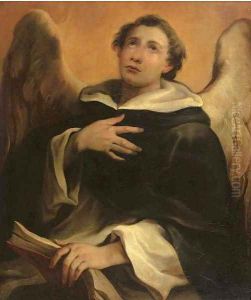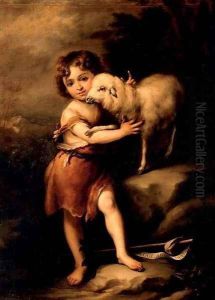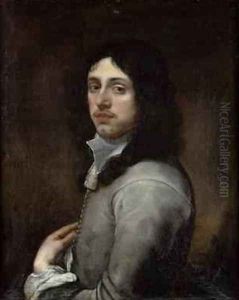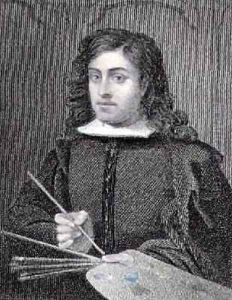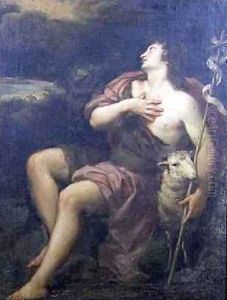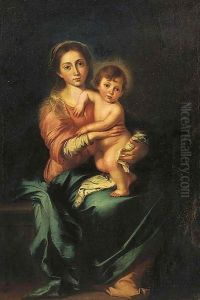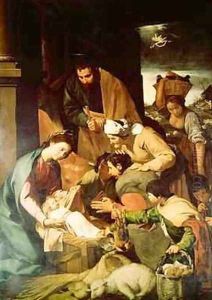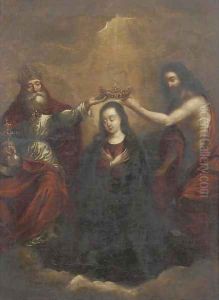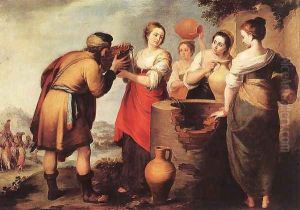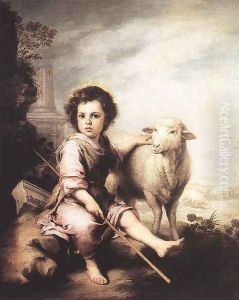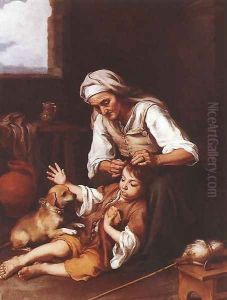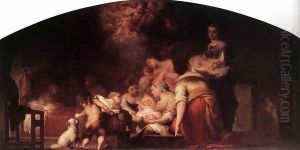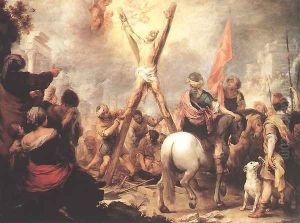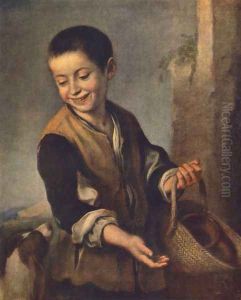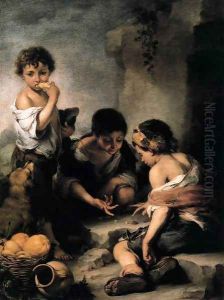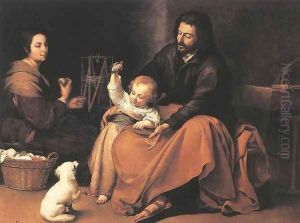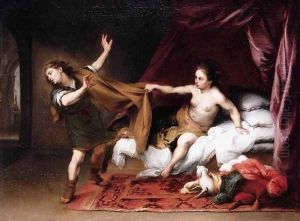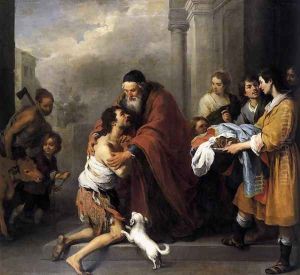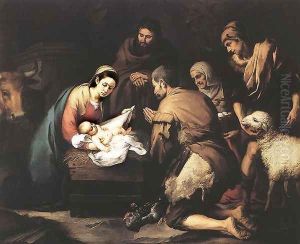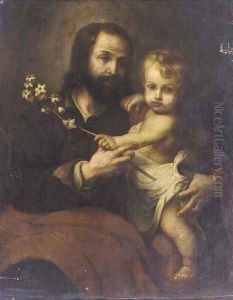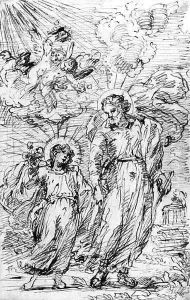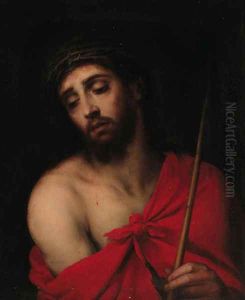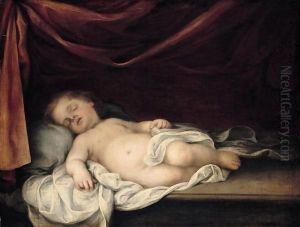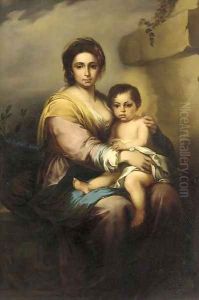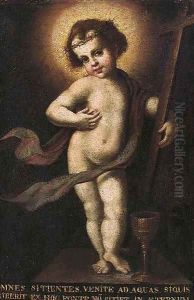Bartolome Esteban Murillo Paintings
Bartolomé Esteban Murillo was a Spanish Baroque painter who is best known for his religious works and his depictions of street children and everyday life in Seville. Born in late December 1617 in Seville, Spain, Murillo was the youngest of fourteen children. After the death of his parents when he was still a child, he went to live with one of his sisters. It is believed that he began his art studies under the local painter Juan del Castillo, who was a relative by marriage.
Murillo's early work was influenced by Spanish masters such as Zurbarán and by the dramatic realism of Caravaggio. However, as he matured, Murillo developed a softer, more luminous style that became characteristic of his work. He became particularly adept at portraying the Virgin Mary and other religious subjects with a tender and compassionate touch that resonated with the faithful of his time.
In the 1640s, Murillo's reputation began to grow, and he received several important commissions for local Seville churches. He was one of the founders of the Academia de Bellas Artes in Seville in 1660, which played a significant role in the cultural life of the city. His work during this period often depicted the lives of saints and other biblical narratives, characterized by a gentle, serene style with warm, harmonious colors.
Murillo's genre scenes of street urchins and beggars reflect the social realities of Seville during his lifetime. These works were unprecedented in their dignified portrayal of the poor and are considered among the earliest examples of genre painting in Spanish art.
By the 1670s, Murillo had achieved significant fame both in Spain and abroad. His later works, such as the 'Immaculate Conception' series, showcase his mastery of light and atmosphere and are considered some of his finest. His paintings were sought after by collectors and had a considerable influence on later artists, including Goya.
Murillo's career was cut short when he fell from a scaffold while painting a fresco at the Capuchin church in Cadiz in 1682. He died a few months later from complications of his injuries. Despite his relatively short career, his influence on the development of Baroque art in Spain was profound, and his works remain celebrated for their beauty and emotional resonance.
